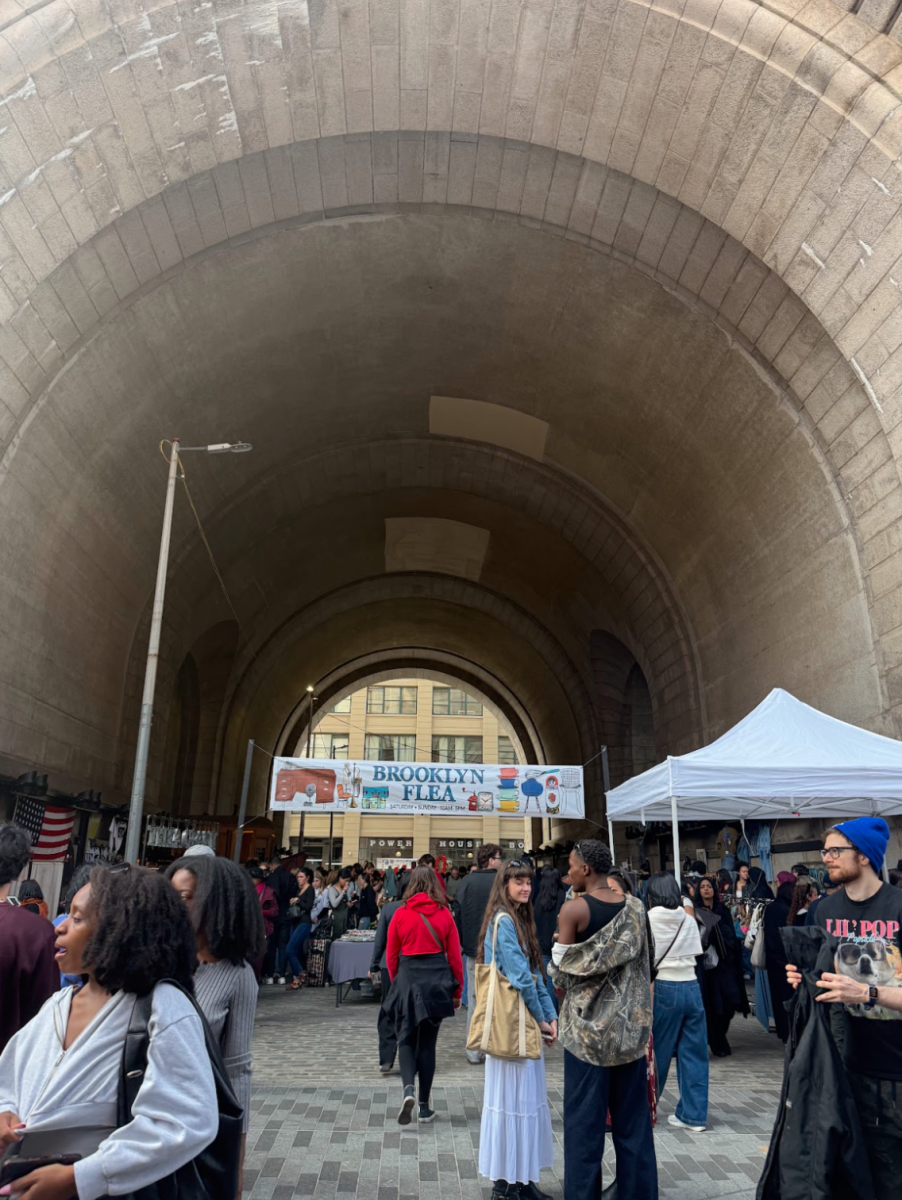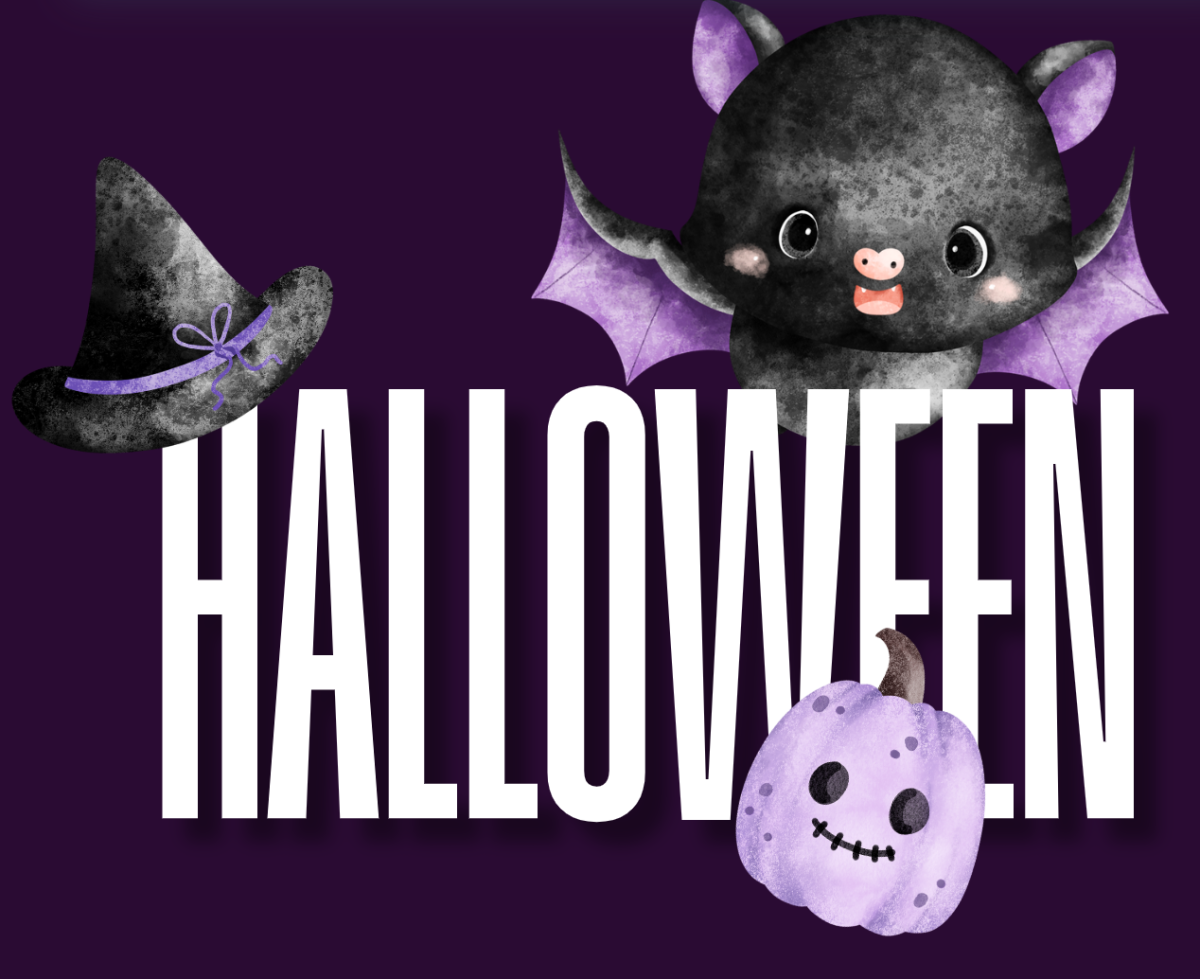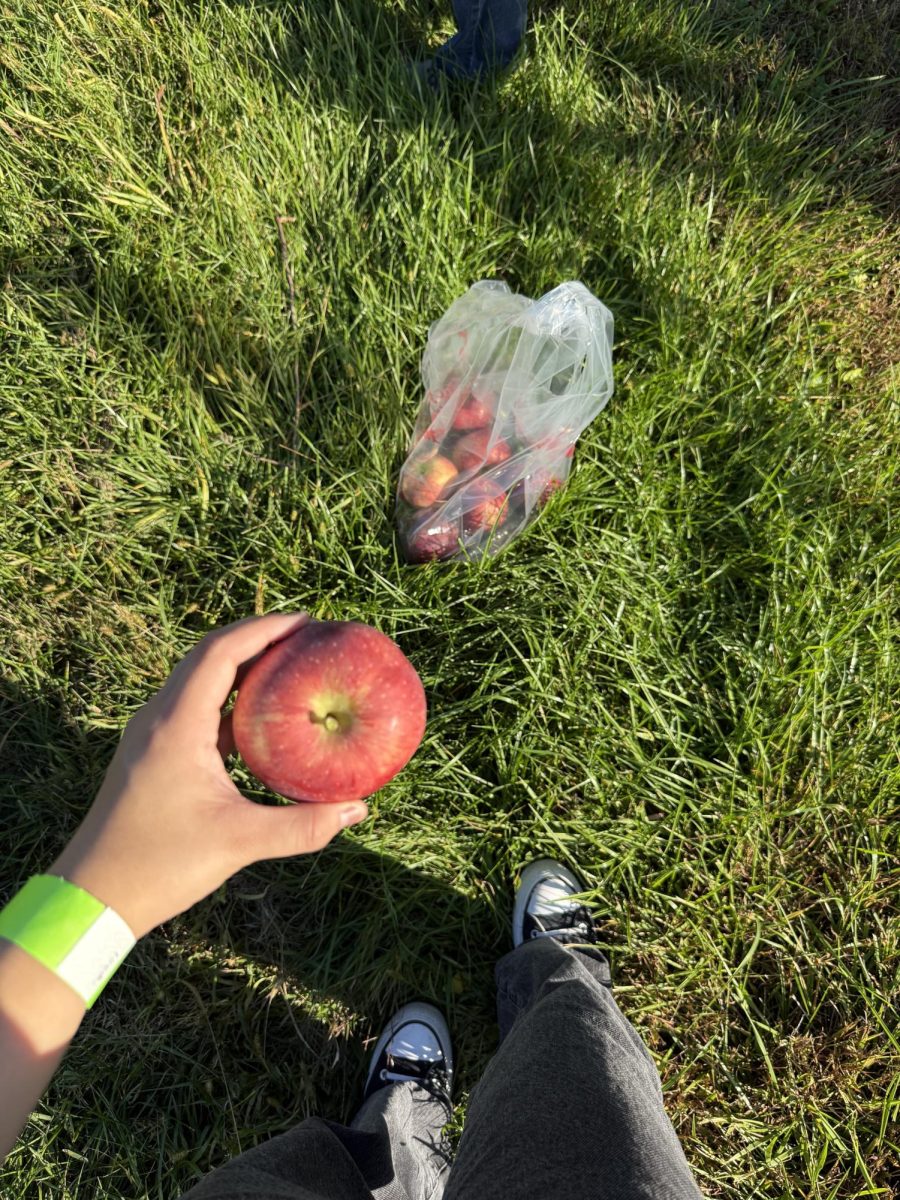by Adam Payne-Reichert
In many ways, much of popular rap these days can feel as if it’s lacking character. Much of the lyrical content contained in chart-topping hits often seems tired and uninspired, with some rappers seemingly refusing to depart from the themes of women, money, and power. This isn’t to say that popular rap is bad; it’s simply to say that it can sometimes feel repetitive and uninviting to people unfamiliar with the genre.
Enter Madvillainy, a 2004 hip hop release from a pairing of some of the underground’s most unique and skilled performers. This album is overflowing with character in every sense of the word. First, and most notably, the album contains appearances from a whole range of personas, with MF DOOM, the album’s main lyricist, and Madlib, the album’s producer, taking on several different roles. For instance, Madlib appears on several songs as both himself and as a spaced-out miscreant known as Quasimoto, whose vocals are characteristically pitched upwards to a nearly comical level. The record also features vocal samples from obscure movies and cartoons that help to add to the overblown villain character DOOM has developed throughout his career.
The album also reflects the meaning of the word “character” with its incredibly creative and distinctive approach to production and lyricism. Madlib, well known for being a crate-digger, pulls samples from a huge swath of unexpected sources to help provide the backdrop for DOOM’s rhymes. One of the first songs on the record, for instance, contains a swaying accordion sample taken from a niche electronic producer named Daedalus. That’s right: there’s an accordion track providing the melody for a rap song.
Madlib’s intent, however, is not merely to wow listeners with his knowledge of obscure music or with his ability to smoothly fuse unusual instruments into backing tracks. He’s instead trying to prove he’s paying attention to every detail. Take the track “Bistro” for example. The purpose of this song, in which MF DOOM provides his own personal introduction to the album and its characters, probably could’ve been neglected entirely or accomplished with a few lines at the outset of the track listing.
However, Madlib turns the song into a grand statement, complete with backing vocals from a choir, an intricate orchestral arrangement, and a harp part occupying the top of the register. In typical Madlib fashion, he even refuses to pat himself on the back for this beautiful production, allowing a sample from Casablanca to do the talking for him. If you’re sick of hearing producer tags thrown mindlessly over the top of pop rap beats, this may be the song (and the album) for you.
Despite this lush and attention-necessitating production, DOOM is able to cut through Madlib’s mixes and deliver masterfully crafted verses. He raps on a variety of topics, ranging from the medicinal benefits of weed (“DOOM nominated for the best-rolled L’s/And they wonder how he dealt with stress so well”) to the difficulty of blaming drug dealers for defending their livelihoods against the police (“Paid to interfere with how a brother get his money/Now who’s the real thugs, killers, and gangsters?”).
Recognizing the fact that some of these lyrical themes have certainly been addressed before, DOOM approaches them all with novelty and creativity. One somewhat rough-around-the-edges but nonetheless impressive example of this comes when DOOM discusses the bloodied appearance you’ll receive from a rap battle with him: “Leaving pussycats like why hoes need Kotex.”
Yet DOOM also breaks significantly from rap convention. For instance, he takes the rap industry M.O. of talking oneself up to a comical extreme by rooting his ego in an old comic book villain and thus pokes fun at this unnecessary practice. He also makes sure to not take himself or his songs too seriously: he, in “Operation Lifesaver AKA Mint Test,” elevates his goal of subtly trying to get a cute girl to accept a breath freshener to the status of a fate-of-the-world-deciding mission.
Madlib and DOOM have in this album produced a thoroughly creative, detail-oriented, and enjoyable set of songs. This album would be ideal for anyone who’s been trying to get into rap for a while but who’s not interested in the chart-topping hits that receive so much attention and would also be enjoyable for listeners who enjoy rap but feel they need a bit of variety in their listening habits. If the 22 tracks prove to be a bit daunting and if you don’t have the time to listen to the entire album, I’d recommend you check out “Curls,” “Fancy Clown” and “Raid” to start. Don’t take this recommendation too seriously, though – you can’t go wrong putting this gem of a record on shuffle and seeing where it takes you.










































































































































































































